- Empty cart.
- Continue Shopping
Red Amaranth (Ponnakannichera)
Original price was: ₹55.00.₹30.00Current price is: ₹30.00.
Ganua ; Alternanthera
Elevate your garden with the vibrant and nutritious Red Amaranth (Ponnakannichera) variety. These premium vegetable plant seeds will allow you to grow your own delicious and colorful greens.
Ponnakannichera is known as “Red Amaranth” or “Chinese Spinach” in English. It is a leafy vegetable that belongs to the Amaranthaceae family. The plant is valued for its nutritious leaves, which are commonly used in various cuisines around the world.
Red Amaranth has vibrant red or purple-colored leaves that are tender and have a mild, earthy flavor. The leaves are rich in vitamins, minerals, and antioxidants, making them a healthy addition to meals. They can be used in salads, stir-fries, soups, or steamed as a nutritious side dish.
To grow Ponnakannichera (Red Amaranth), you can follow these general guidelines:
1. Location: Choose a sunny spot in your garden that receives at least 6 hours of direct sunlight each day. Red Amaranth can tolerate partial shade but prefers full sun.
2. Soil: The plant prefers well-draining soil that is rich in organic matter. Amend the soil with compost or well-rotted manure before planting to improve fertility and moisture retention.
3. Planting: Sow the seeds directly in the garden bed, spacing them about 15-30 cm apart. Plant the seeds at a depth of 1-2 cm and cover them with soil. Keep the soil evenly moist during germination.
4. Watering and care: Red Amaranth requires regular watering to keep the soil consistently moist. Avoid overwatering, as it can lead to root rot. Mulching around the plants can help retain moisture and suppress weed growth.
5. Fertilization: Apply a balanced fertilizer or compost during planting to provide essential nutrients. Side-dress the plants with additional fertilizer or compost every few weeks during the growing season to promote healthy growth.
6. Harvesting: You can start harvesting the outer leaves of Red Amaranth when they are young and tender, usually around 4-6 weeks after sowing. Avoid harvesting all the leaves at once to allow the plant to continue growing and producing new leaves.
7. Pests and diseases: Monitor the plants for common pests like aphids, caterpillars, or leafhoppers. Treat any infestations promptly with organic or chemical controls. Red Amaranth is generally resistant to most diseases but can be susceptible to fungal diseases in humid conditions.
8. Saving seeds: If you want to save seeds from Red Amaranth, allow some plants to mature and produce flowers. The flowers will eventually turn into seed heads containing small seeds. Harvest the seed heads when they are dry and brown, then thresh and clean the seeds for storage.
Remember to refer to specific instructions and recommendations for the particular variety of Red Amaranth you are growing, as there may be slight variations in care requirements. Enjoy the nutritious and flavorful leaves of Ponnakannichera in your culinary creations!




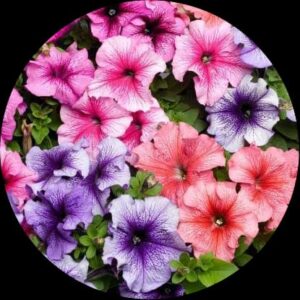
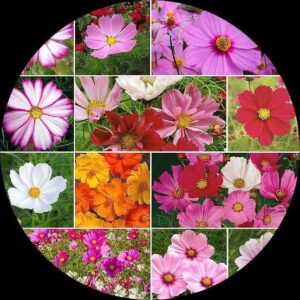
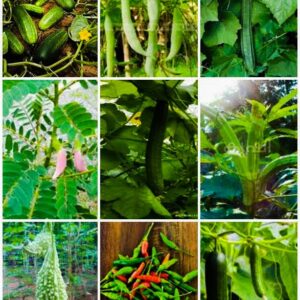
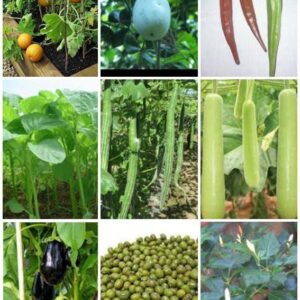
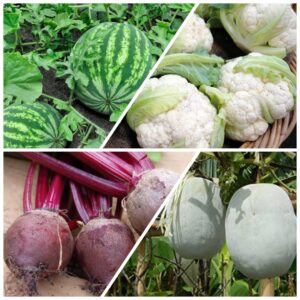

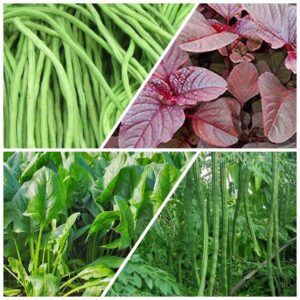

Reviews
There are no reviews yet.